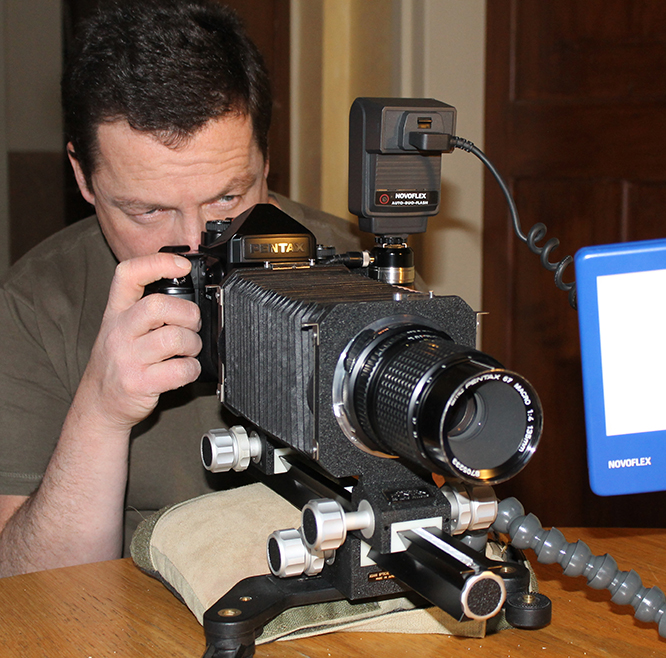Citizen Conservation / Systematic Salamander rescue
Uwe Seidel und Philip Gerhardt have a combined 50 years of experience in breeding fire salamanders.
Keeper
Uwe Seidel & Philip Gerhardt
Species
Fire Salamander
Region
Europe
Uwe Seidel is in his mid fifties and runs a dental technology laboratory. Philip Gerhardt is in his late twenties and studies biology. They have been sharing a passion for nearly 10 years: breeding fire salamanders.
The Key Question: What matters more—aesthetics or results?
The story of the salamander breeder Uwe Seidel also tells a part of the history of modern species conservation. It begins with a fascination for the animal in its natural habitat. You want to know more—to understand the salamander’s life cycle and what this can teach us. You recreate the natural habitat in order to study the animal under controlled conditions. This works at first, but eventually you realize something is missing. Breeding under controlled conditions means animals don’t need to worry about food or predators, so they should reproduce readily. If they don’t, the conditions might not be right after all. Uwe Seidel tested this on his salamanders and came to a conclusion.
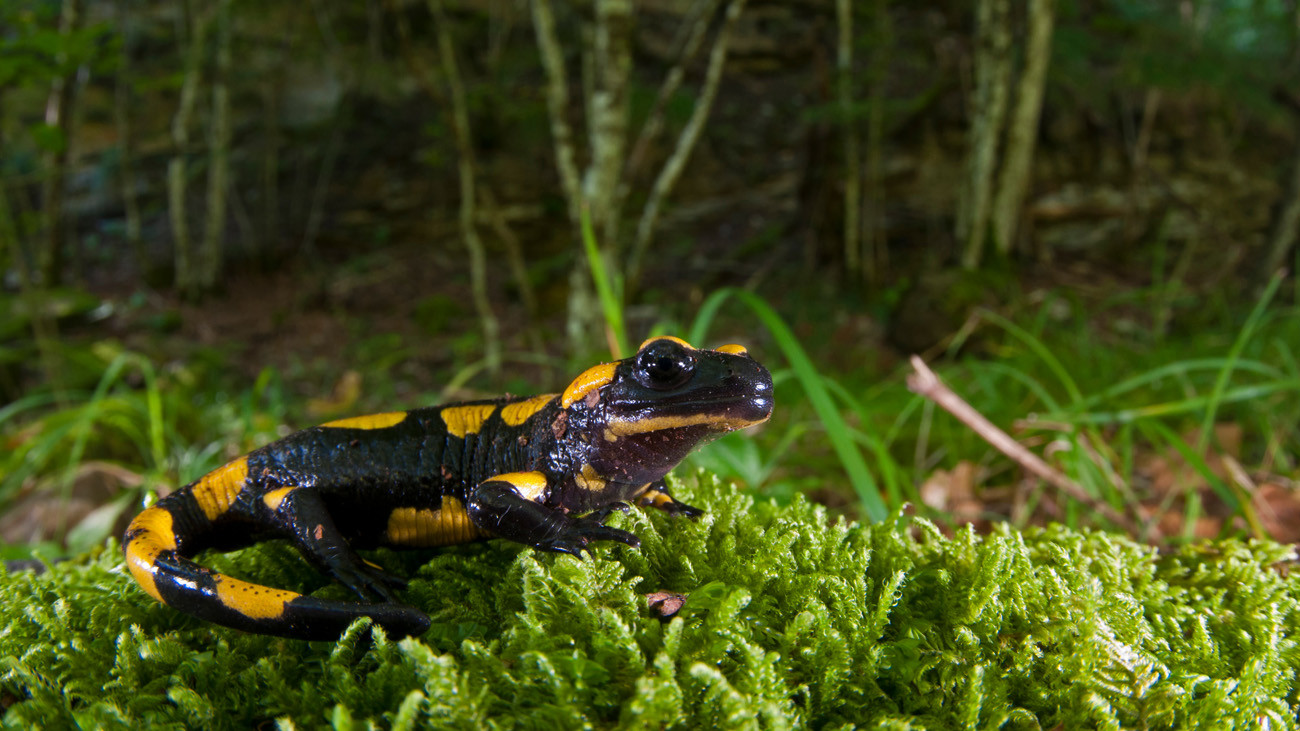
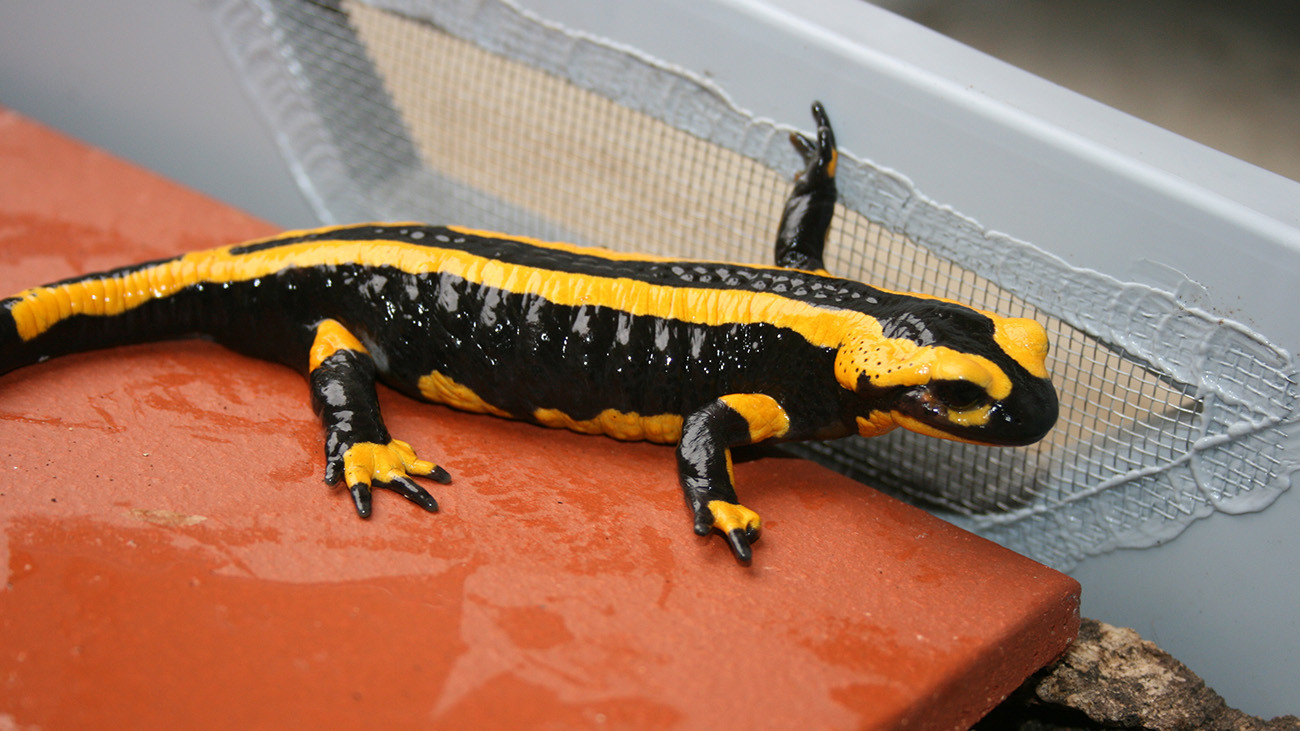
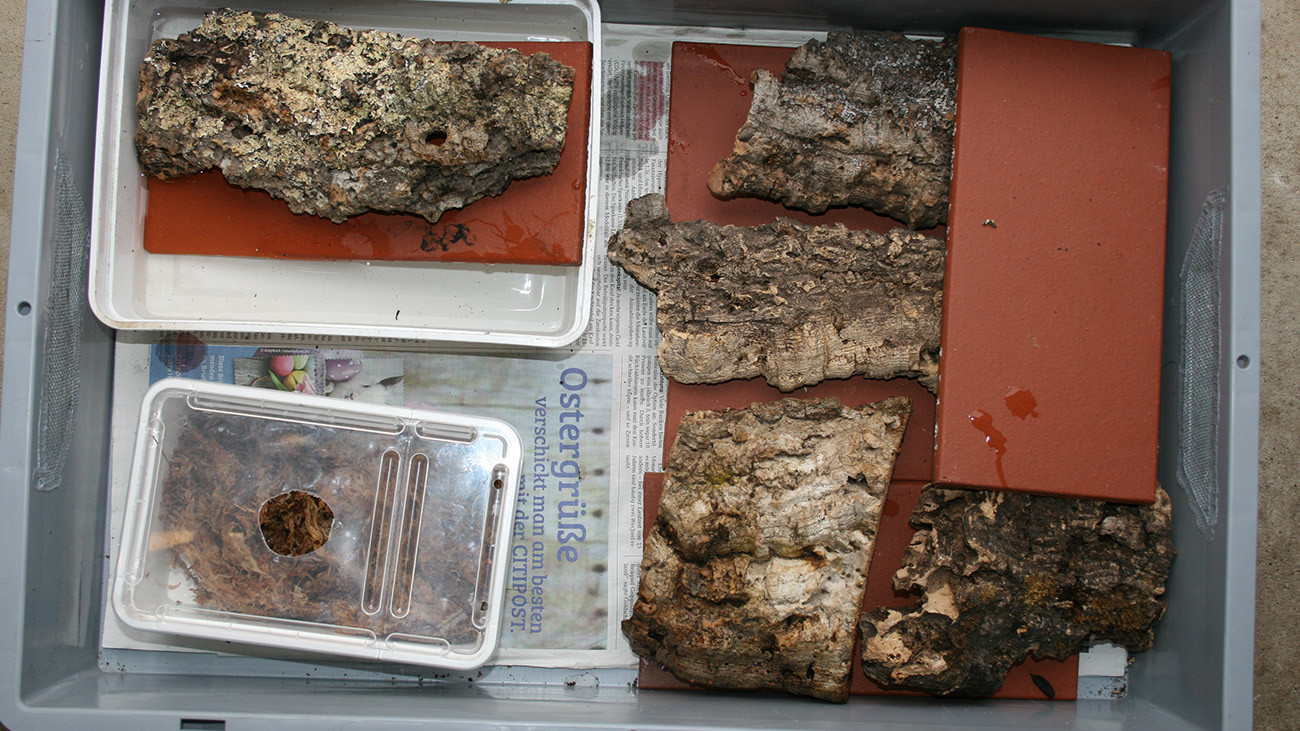

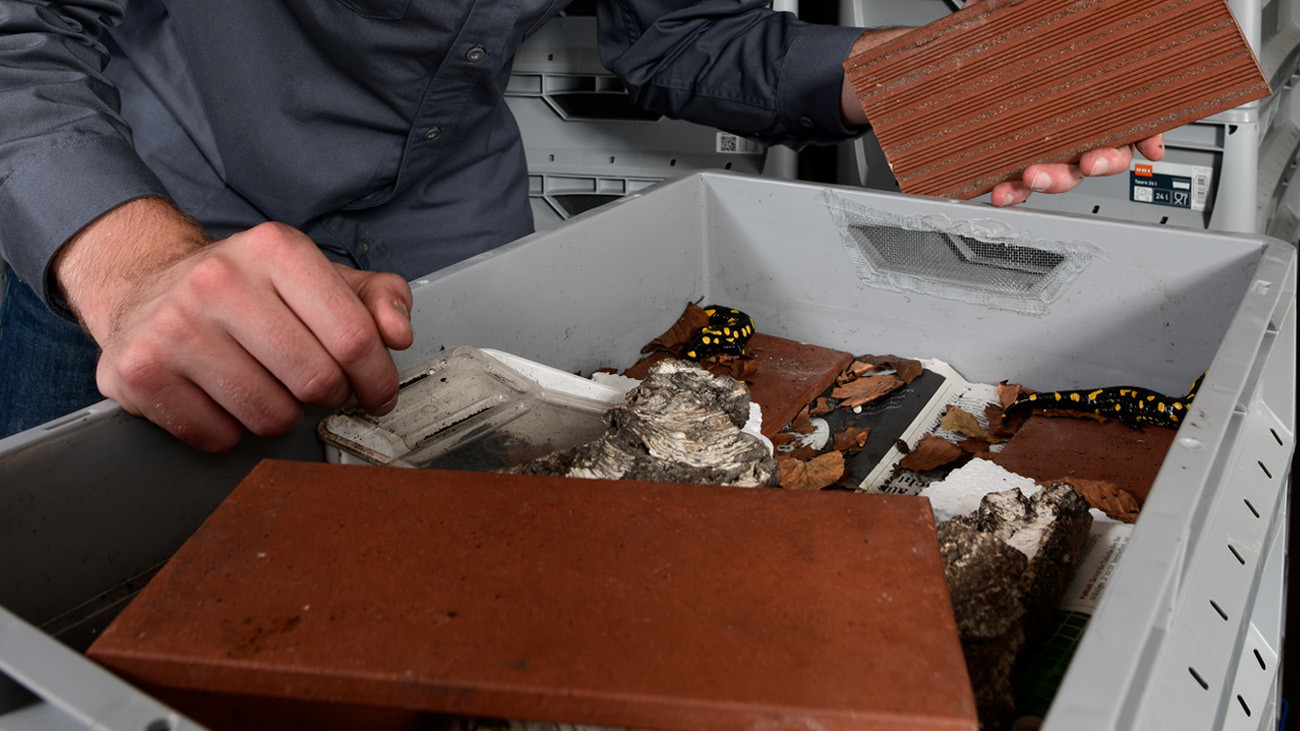

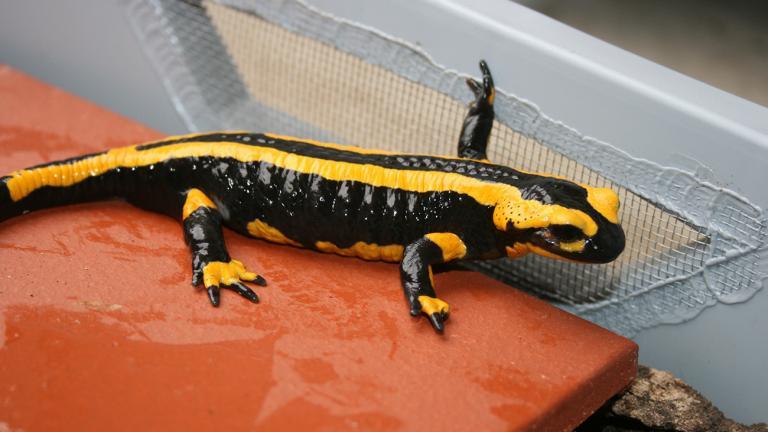
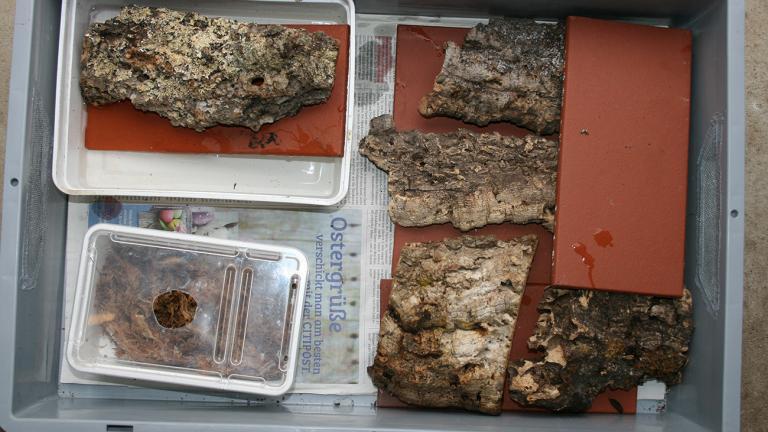

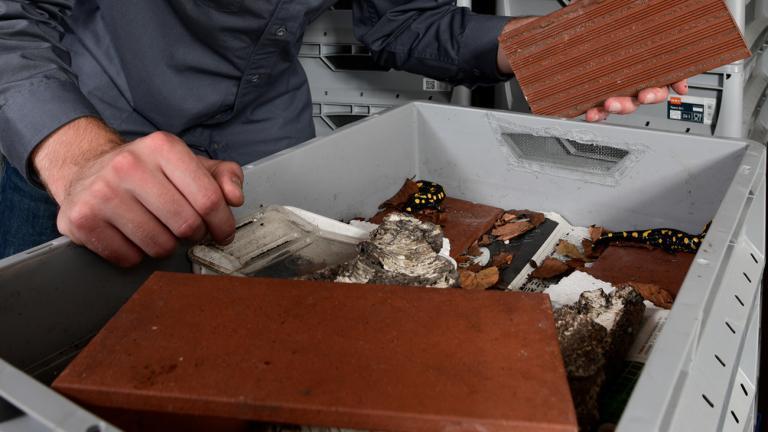
Fire salamanders are clean freaks
The forest terrarium presents its own dangers for the salamanders – different ones than they face in the forest. The climate fluctuates, it becomes too dry or stays too damp … In short: salamanders are stressed out trying to find a comfortable spot in such a naturally landscaped terrarium. In the end, Uwe Seidel’s love for the animals convinced him to abandon the pretty terrariums and instead turn to reliable, practical storage boxes – and the animals thank him for it with outstanding health and progeny.





“You can get everything you need for successful salamander breeding at the hardware store.”
Do I want this?
Your aesthetic and your ethical side may ask – is this allowed? Breeding salamanders in plastic boxes? Is this appropriate and in accordance with animal welfare? There may be different opinions on this, but the fact is: the “box animals” live long and healthy lives, proliferate successfully, and their offspring grow up quickly. The layout of their mini-habitats evidently provides for the basic needs of the salamanders, “rock crevices” offer protection and a suitable microclimate, and no troublesome germs or direct sunlight disturb their wellbeing. The development of this boxed system has another advantage: for the first time, we have the capability to keep and breed salamanders in large numbers when the need arises – and that could soon be the case.
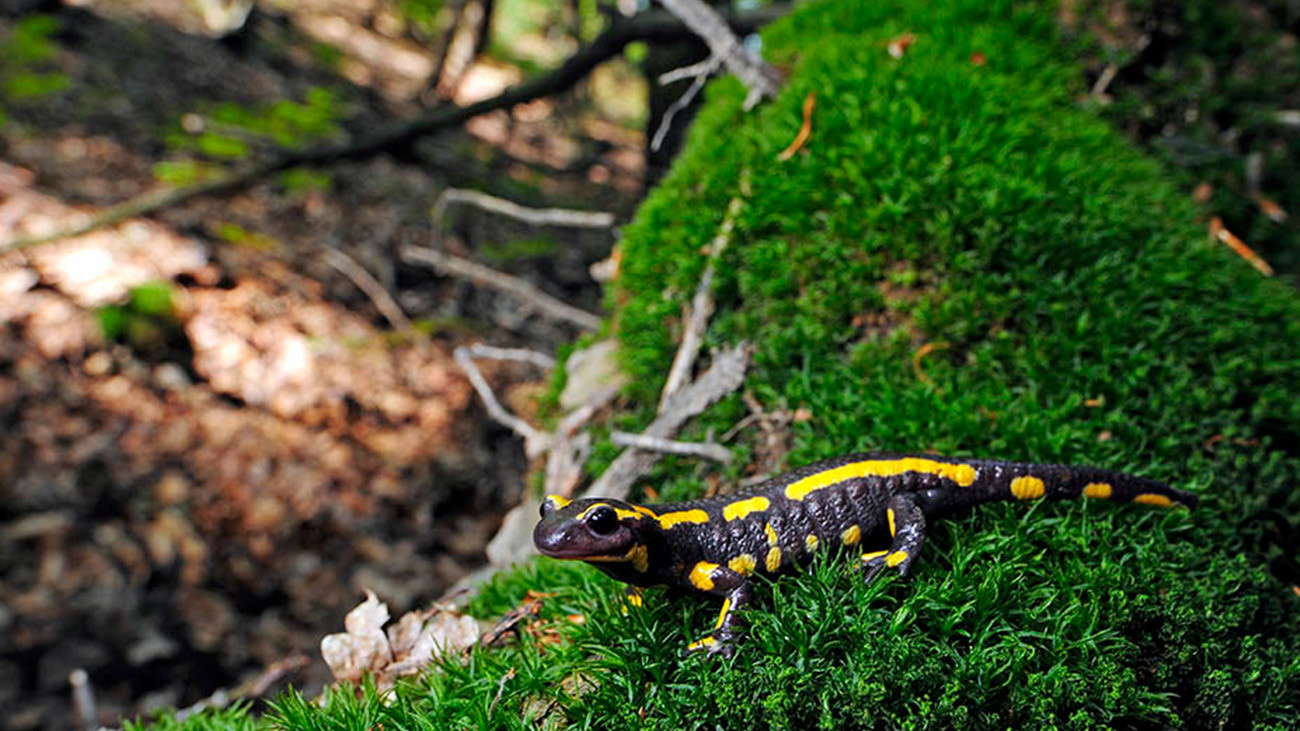
A fungus epidemic is sweeping through salamander populations
The so-called “salamander eater” Bsal (Batrachochytrium salamandrivorans) is originally from Asia and probably reached European soil years ago in The Netherlands or Belgium. Ever since, the fungus has been spreading to the south and the east. If it appears in a new habitat, almost the entire population of salamanders dies. Researchers are especially concerned about the high mortality rate: even though the fire salamander is currently not endangered as a species, the fungus could lead to the disappearance of entire regional subtypes. This is where the Citizen Conservation salamander breeders come into play. If we manage to conserve a sufficient number of the respective “geo-types” within Citizen Conservation in time, we have the option to release the original types into the wild again later. How exactly this can work in the case of Bsal epidemics is not yet clear. But one thing is clear: What’s gone is gone.
Almanzor Fire Salamander
Salamandra salamandra almanzoris
The fire salamander is common in Europe. Some species only live within a tiny area, one of them being the Almanzor Fire Salamander. If a disease is introduced, the salamander will be threatened with extinction in no time.
More stories
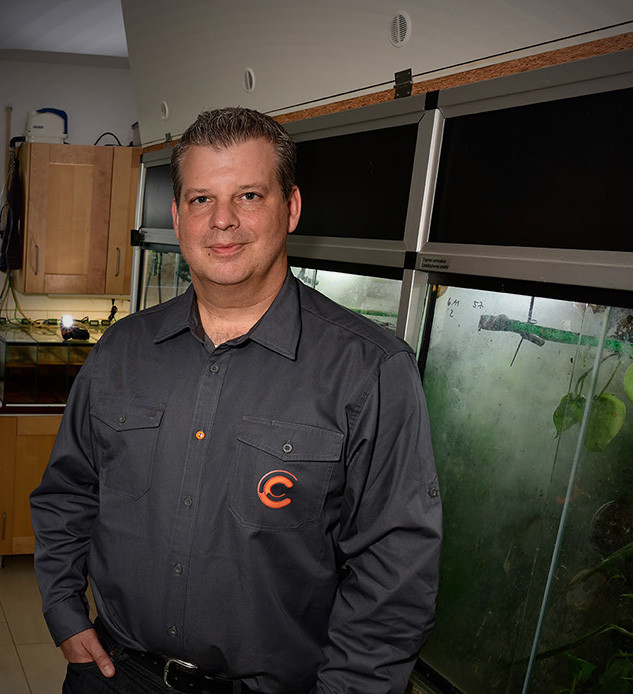
In the Face of Fungi
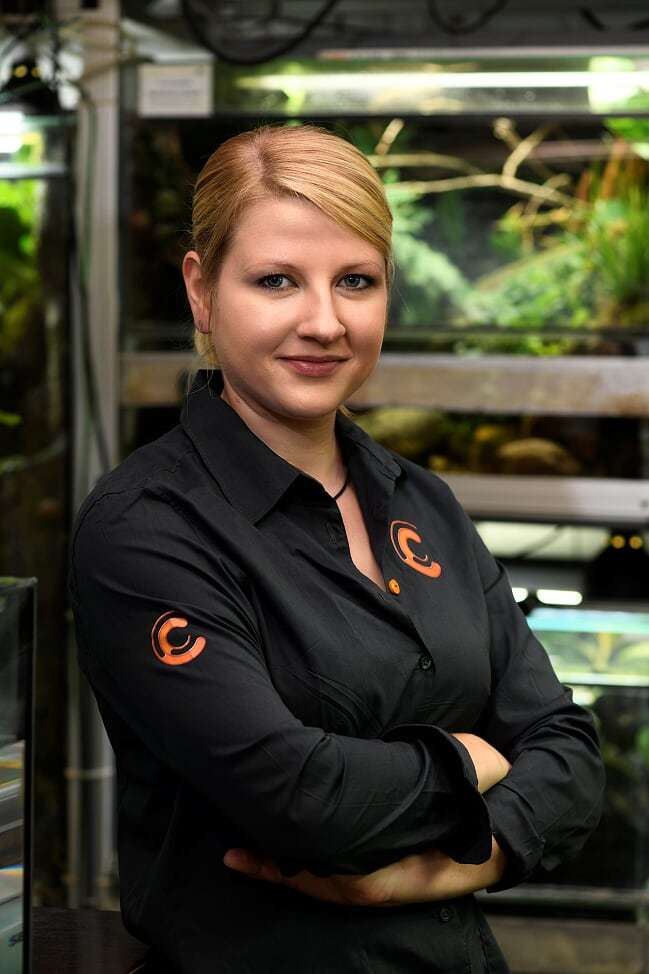
On a Mission for Toads – In Cologne and Vietnam
